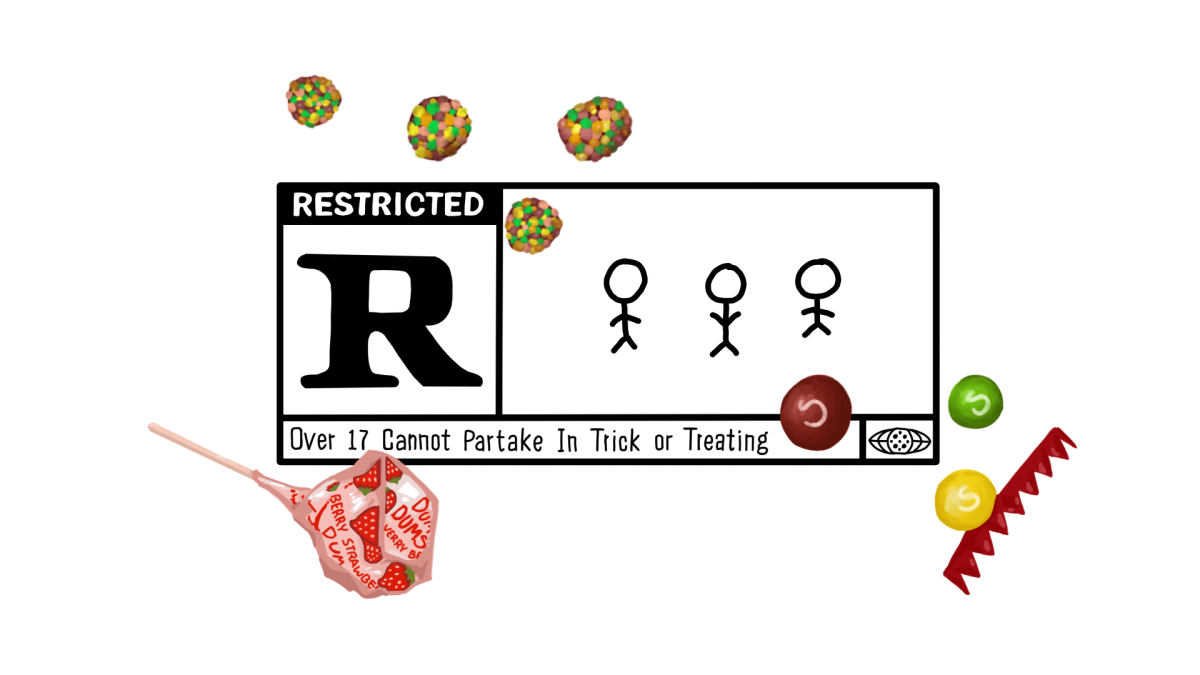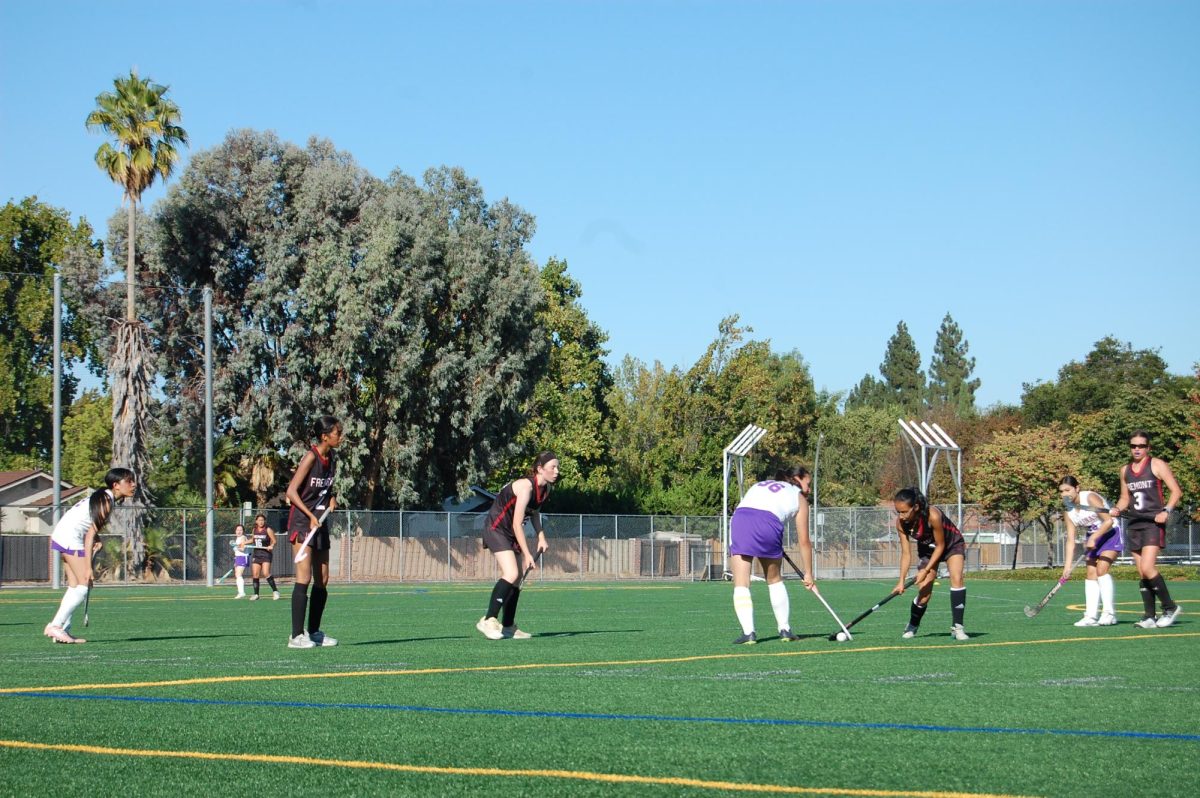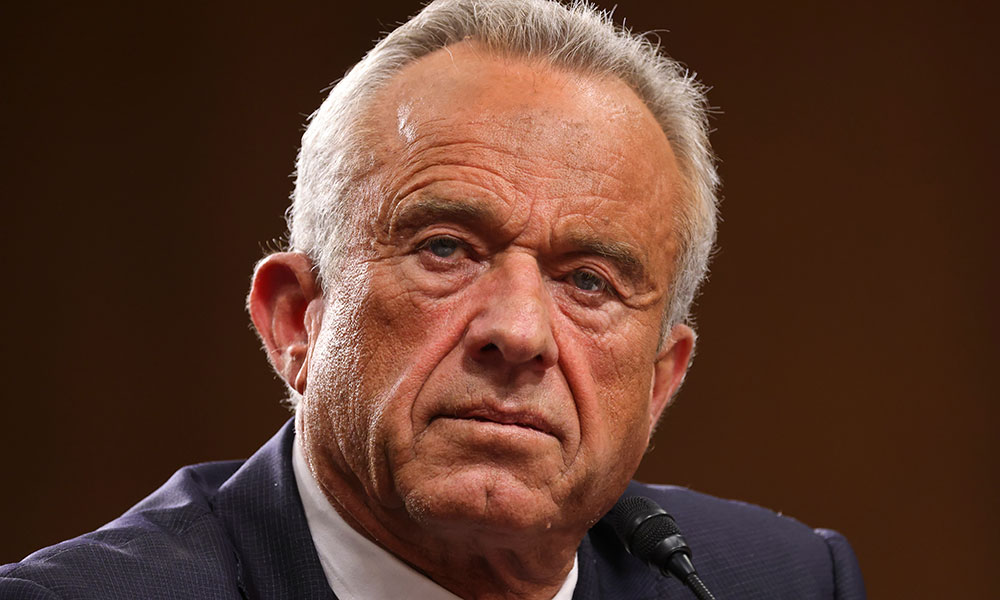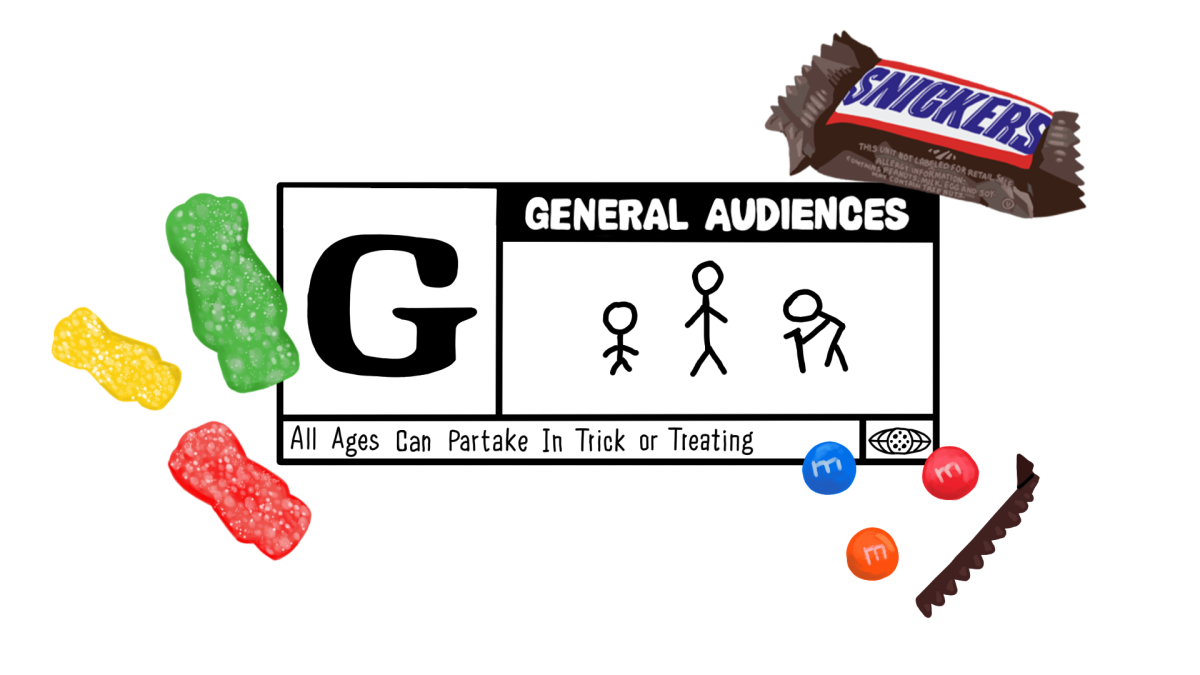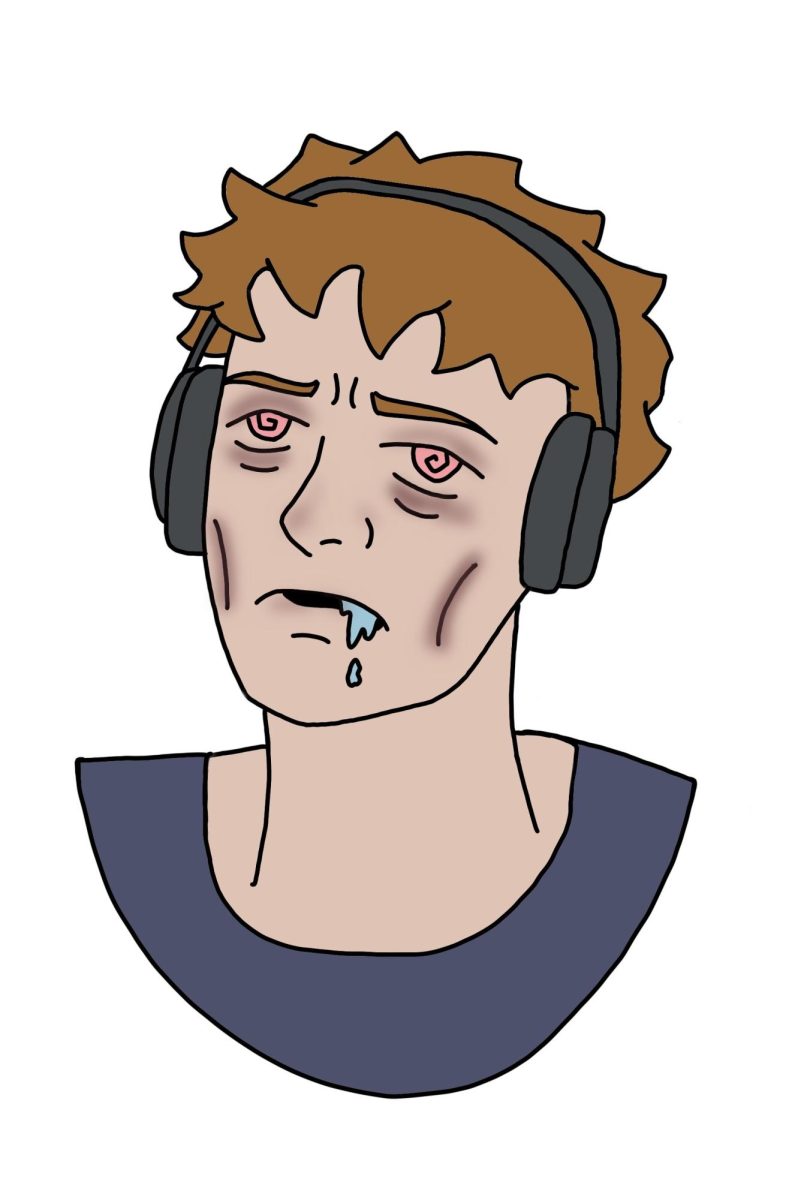Halloween is among the most favored holidays in numerous communities. The excitement of putting on costumes, trick-or-treating at night with friends and acquiring candy is something that stays with us during our childhood. Although the excitement of collecting candy is fun, one must ask whether or not there should be an age limit placed on trick-or-treating. By having an age limit of 18 years and under, we can make Halloween a safe, fair and fun holiday for everybody.
Halloween is often considered to be the most kid-oriented holiday, and trick-or-treating is particularly enjoyable because it is the fantasy of make-believe and receiving candy with no fear. When older teens and even adults are among the large crowds, it often leaves younger children with fewer candies and may make them feel unsafe. For example, parents may become irritated that their children will not approach certain doors for fear of the older teens who overwhelm the porch. Having a cutoff on the age groups gives young children a chance to enjoy Halloween without being overshadowed.
Second, safety is also a good reason for having an age limit. Halloween itself is somewhat dangerous, with walking around at night, crossing the street, encountering strangers and the myth we hear of every year: poisoned candy. Considering the amount of danger that is present on Halloween night, impulsive and irresponsible teenagers can raise the risk level. Older trick-or-treaters in certain places have also been known to play pranks, frighten kids or damage property. Societies can minimize such risks by establishing an acceptable age range and having an area for older teens to celebrate in more secure, age-appropriate ways, like Halloween parties, going to community events or helping their younger siblings trick-or-treat.
Third, the age limit keeps the tradition intact. Without limits, trick-or-treating is no longer a kids’ activity but more of an anyone-for-candy event. That might have the effect of bringing down the tone of Halloween. As with other childhood traditions — sitting on Santa’s lap or going on an Easter egg hunt, trick-or-treating should primarily be a children’s activity. Keeping it that way helps ensure the holiday is something special for future generations.
The age restriction does not prevent teens from having fun, despite the protests of some who argue that it takes away the joy of Halloween and excludes others who just wish to participate. It simply alters the experience. Teenagers can have costume parties, go to haunted houses or volunteer at community functions. This makes sure that everyone has a fun night during Halloween, keeping the teens busy with their age-appropriate activities and trick or treating for the young children. These are more vivid experiences for older adolescents than trick-or-treating door to door for candy.
Halloween is a childhood-centered tradition of fantasy and play, and to ensure that the holiday is safe, fair, and spooky, communities should institute a limit on trick-or-treating by age, ideally from the youth age group until 18 years old. By doing so, we allow younger kids to enjoy themselves without fear, reduce safety issues and preserve the spirit of the tradition. Halloween must remain, but with some limitations, everyone may enjoy it to the degree that suits their stage of life.


